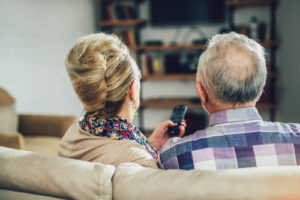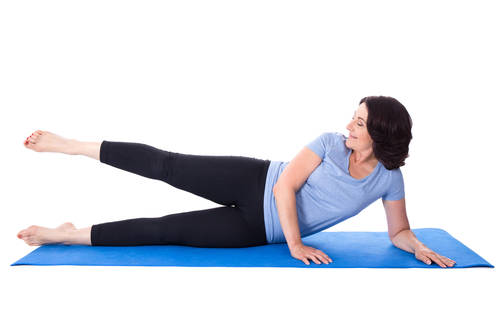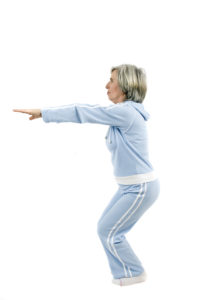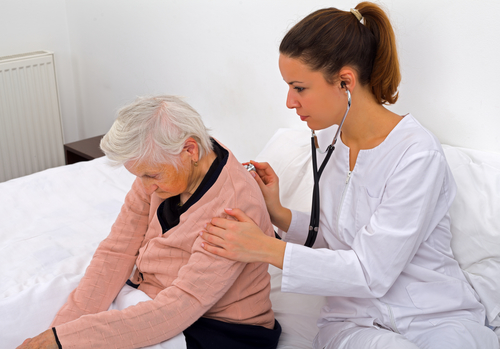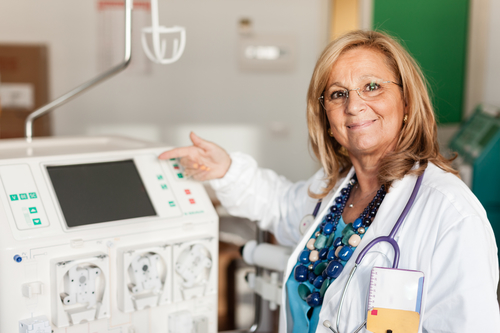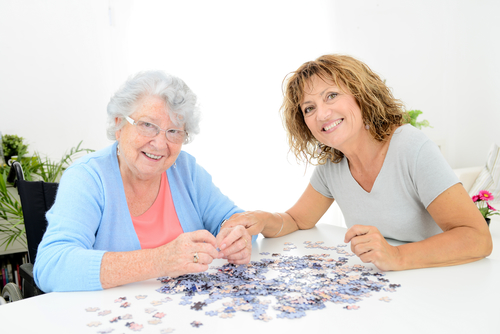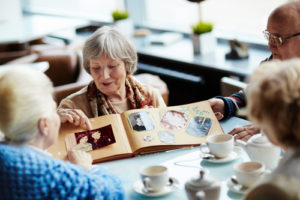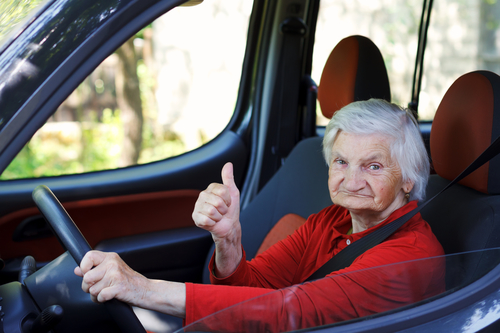
Did you know that living near your grandmother can have evolutionary benefits? Scientists have been looking into why females of certain species live long past the age of reproduction. What they have come up with is that there are benefits of living near your grandmother.

The Grandmother Hypothesis
The key to the evolutionary game is survival and reproduction. Scientists want to know why some females live past reproducing age.
In the 1960s, researchers created the “grandmother hypothesis.” The hypothesis is that grandmothers help mothers have more children by caring for their grandchildren.
Women who have the genetic makeup for longer living ultimately have more grandchildren to carry their longevity genes.
The Benefits of Living Near Your Grandmother—Study 1
Two studies have been published recently to look at the hypothesis again.
The first study is done by Kristen Hawkes, an anthropologist at the University of Utah. She was studying the Hadza people who are a group of hunter-gathers in northern Tanzania.
She was amazed by how productive the elderly women were at foraging for food. Their help let moms have more children.
Hawkes also found that throughout history, grandmothers have helped the child population grow.
In 1608, French Catholic priests in present-day Quebec recorded every birth, death, and marriage in their parish. As more people arrived from other places, the records grew. Researchers believe this is due to grandmothers being so close to their kids and grandkids.
Kids that went elsewhere had 1.75 fewer children than the siblings that stayed in the parish.
It also believed that being close to grandmothers lower child mortality rates and let moms have kids at a younger age.
Why Don’t Grandmothers Live Longer?
If grandmothers are so helpful, why don’t they live longer? Why don’t they live long enough to help with great-grandchildren?
The idea is that a grandmother’s ability and usefulness change with age. As they get older, they can’t help as much, and the benefits of living longer could disappear.
This can also happen if there are no more grandchildren to care for or they all grow and don’t need her anymore.
The Benefits of Living Near Your Grandmother—Study 2
The second study was done by Simon Chapman, a Ph.D. student at the University of Turku in Finland. He studied a database of preindustrial Finns to confirm the “grandmother hypothesis.
From 1731 to 1895, all births, deaths, and marriages were recorded by the state. The records showed that grandmothers did increase the total number of kids. But, with a few exceptions.
The study showed that grandmothers weren’t always given the opportunity to help. On average, a woman became a grandmother in her 40s. The number of grandkids peaked in her early 60s and then disappeared in her mid-70s.
Having a grandmother aged 50 to 75 increased a toddler’s chance of surviving from age 2 to 5 by 30%. Though, there aren’t benefits of having a grandmother after age 75. An older grandmother reduced a newborn’s chance of surviving to age 2 by 37%.
This is because there are too many mouths to feed. Plus, older grandmothers need more care and can distract from the child.
So, grandmothers are pretty great. Read more about the studies here.



